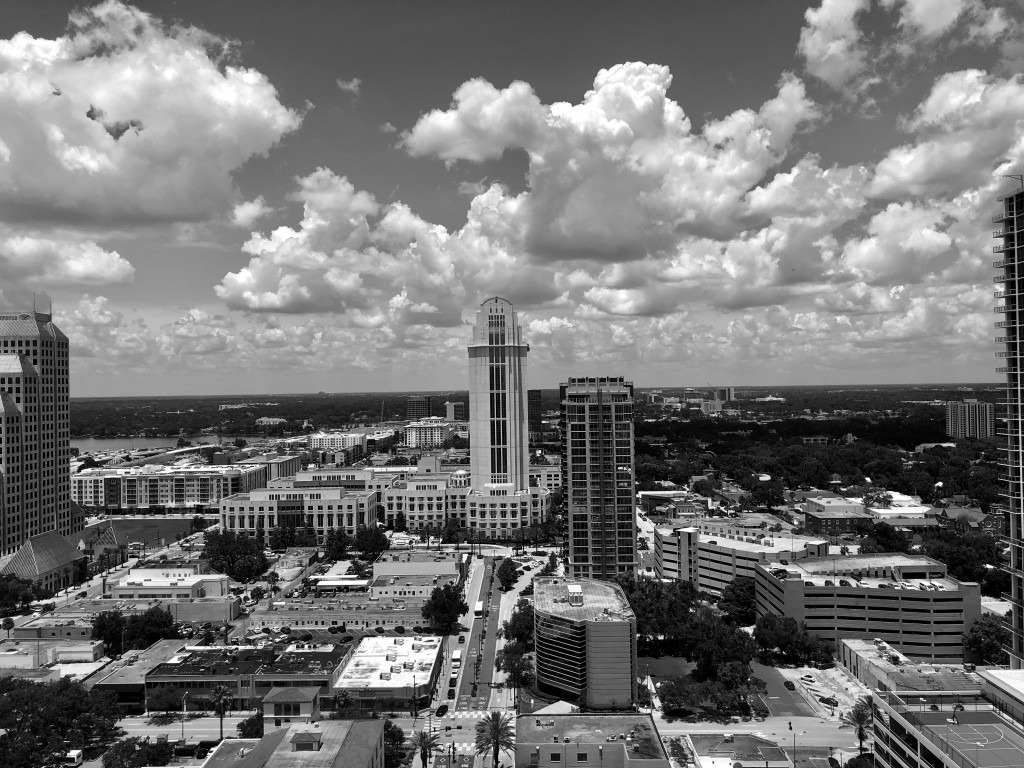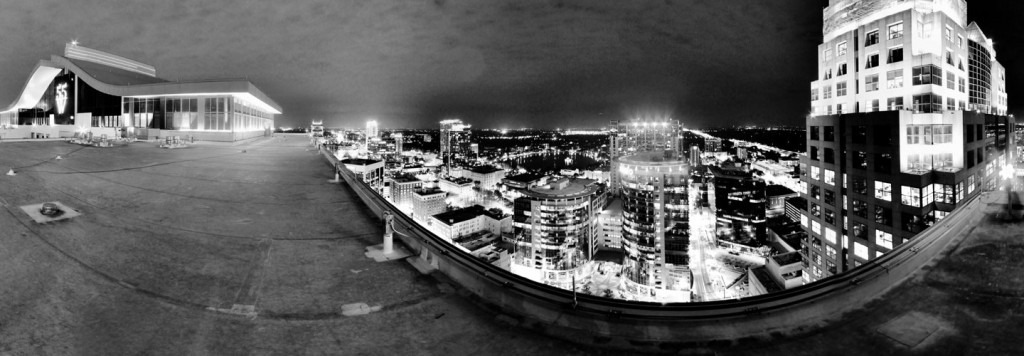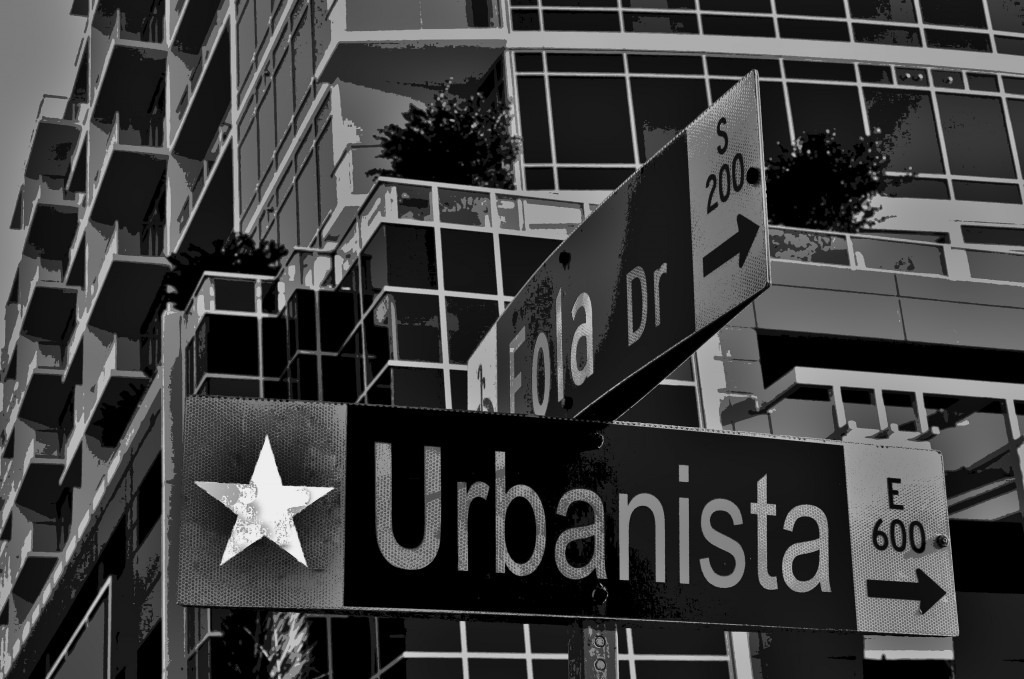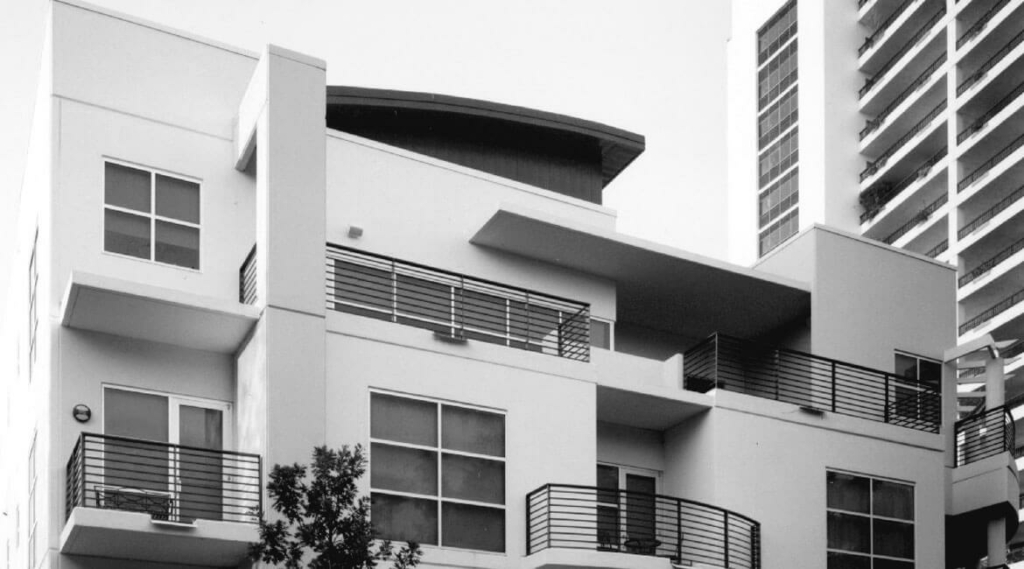
RENT
Downtown Orlando Condos, Apartments, Homes
VIEW RENTAL LISTINGS ⇾

SALE
Downtown Orlando Highrise Condos and Homes
VIEW PROPERTIES ⇾

PENDING
Pending Condos & Homes for Sale in Downtown Orlando
VIEW PROPERTIES ⇾

MLS
Refine your Search or look around outside of Downtown
SEARCH MLS ⇾
DOWNTOWN PROPERTIES
APARTMENTS, CONDOMINIUMS, HIGHRISES
THORNTON PARK
- 101 Eola
- 530 Central
- Baptist Terrace
- Camden Lake Eola
- Citi Tower
- Eola South
- Fountains
- Jackson Lofts
- Paramount
- Post Parkside
- Sanctuary
- Star Tower
- Thornton Park
- TP Brownstones
- TPC Lofts
- Waverly
- Westminister Plaza
DOWNTOWN
- 55 West
- Aspire
- Central Station
- Grande
- MAA Robinson
- Magnolia
- Metropolitan
- Modera
- Radius
- Skyhouse
- Society Orlando
- Solaire
- Vue
UPTOWN
- China Glass
- Hillcrest Hampton
- Nora
- North Quarter
- Orange Court
- Park Lake Towers
- Park Lake Towers
- Park North
- Reeves House
- Steelhouse
- Uptown Place
CREATIVE VILLAGE
SoDo
COLLEGE PARK
BLOG & NEWS
DOWNTOWN ORLANDO
Downtown Orlando is a dynamic and culturally rich hub located in Central Florida. Here are some key highlights and characteristics of this vibrant area:
Cultural and Nightlife Hub: Downtown Orlando is a lively epicenter for nightlife, performing arts, retail, business, restaurants, and galleries. The area is known for its legendary bar and club scene, and it regularly hosts touring musicians from around the world. The local culture in downtown has developed uniquely, separate from the nearby theme parks.
Economic Center: Downtown Orlando serves as the core of Central Florida’s diverse emerging economy. It is the hub for finance, government, and commerce. Mayor Buddy Dyer has been a longstanding leader in the development of the area, fostering a business-friendly environment.
Corporate and Division Headquarters: The downtown area is an ideal location for corporate and division headquarters. Over 149,000 professionals work in downtown Orlando daily, and it boasts 13 million square feet of office space in the urban core, primarily Class A office space. This makes it a dominant office supply in the Central Florida region.
Distinct Neighborhoods: Downtown Orlando is made up of distinct neighborhoods, each with its own unique characteristics. These neighborhoods include the North Quarter, Lake Eola Heights Historic District, South Eola (home to Lake Eola Park), Thornton Park, Parramore, Lake Cherokee Historic District, and the Central Business District.
Demographics: The estimated population of downtown Orlando is 43,388, with an average age of 41.3 among residents living in 20,520 households. The employment-population is estimated to be 149,298, with over 40% of individuals having a college education. The 5-mile radius population of downtown extends to 273,335.
Downtown Orlando’s diverse and vibrant community is a unique blend of culture, business, entertainment, and economic activity. It serves as a testament to the city’s growth and development over the years, attracting both residents and visitors alike.
NORTH QUARTER
The area described, located north of Colonial Drive and surrounded by Interstate 4 to the west, Highland Avenue to the east, N Orange Ave and the I-4 on-ramps at Lake Ivanhoe to the north, is a vibrant and rapidly developing part of downtown Orlando. Here are some key points about this area:
Location: This area is situated to the north of Colonial Drive, making it conveniently accessible from the Central Business District (CBD) and other downtown neighborhoods.
Proximity to Major Arteries: The western border is defined by Interstate 4 (I-4), which is a major highway running through Central Florida. This provides easy access to other parts of the city and the region. Highland Avenue on the eastern side is another important roadway.
Residential Growth: The area has experienced significant growth in terms of residential development. Many apartments and condominiums have been built, attracting a diverse mix of residents to the neighborhood.
Businesses and Amenities: With the increase in the residential population, businesses, including dining and shopping establishments, have also grown in the area. This has created a vibrant and thriving commercial scene.
Work, Play, Live Environment: Due to its close proximity to the Central Business District, this area has become an attractive location for working professionals who seek the convenience of living, working, and enjoying recreational activities in downtown Orlando. It offers a work/play/live environment that caters to a diverse and dynamic community.
Overall, this part of downtown Orlando represents a trend seen in many urban areas where residential development, alongside businesses and amenities, is creating an attractive and convenient urban lifestyle. Its proximity to major transportation routes and the CBD makes it a valuable and desirable area for both residents and professionals.
PARRAMORE
Established in the 1880s, Parramore is the historical hub of Orlando’s African-American community. The area is located just west of the Central Business district along Division Ave and West Church Street. Now considered an economically depressed area, Orlando leaders are working with business owners in the community to improve the area’s reputation. While some parts of the neighborhood have been gentrified, Parramore still maintains its historical African-American identity.
It is a residential area with a large number of high-intensity entertainment and office institutions; such as the Amway Center, Orlando City Soccer Club Stadium, Camping World Stadium, Bob Carr Performing Arts Centre, US Courthouse for the Mid-District of Florida, Florida A&M University School of Law, county & state buildings, and Orlando Police Department headquarters. Smaller businesses include grocery stores, barber shops, and soul food restaurants.
Orlando officially considers Parramore to be three separate neighborhoods: Lake Dot (between Colonial Drive and Amelia Street), Callahan (between Amelia Street and Central Boulevard), and Holden/Parramore (between Central Boulevard and Gore Street). All three are bounded on the east by Interstate 4 and on the west by Orange Blossom Trail.
CENTRAL BUSINESS DISTRICT
Orlando’s Central Business District (CBD) is the financial hub of the city and represents the most prominent and recognized part of downtown. Here are some key features and notable elements within the CBD:
Financial Hub: The CBD serves as Orlando’s financial district, housing the corporate offices of major financial institutions such as Wells Fargo and SunTrust banks.
City Hall: Orlando City Hall is located in the CBD, serving as the administrative center for the city government.
Foreign Consulates: The CBD is home to foreign consulates, reflecting Orlando’s international connections.
Hotels: The district hosts numerous hotels, catering to the needs of both business travelers and tourists.
Office Complexes: The SunTrust Center and City Commons are two substantial office complexes within the CBD, accommodating various businesses and organizations.
Nightlife: The majority of Orlando’s nightclubs are concentrated in the CBD, making it a vibrant nightlife destination.
Church Street Station: Church Street Station is a notable entertainment complex located in the CBD, offering dining, shopping, and entertainment options.
Historic and Modern Architecture: The CBD is characterized by a unique blend of historic buildings and modern skyscrapers. Many of Orlando’s historic structures stand alongside contemporary high-rises, creating an interesting architectural contrast.
Rogers Building: The Rogers Building, built in 1886, is a significant historic landmark in downtown Orlando and the oldest building in the CBD. Originally constructed as an English Gentlemen’s Club in the Queen Anne style, it stands as a testament to the city’s history.
Overall, Orlando’s Central Business District is a bustling and diverse urban area that combines business and commerce with entertainment and historical elements. It is a vital economic and cultural center within the city.
EOLA
Lake Eola Park, located in South Eola, east of the Central Business District (CBD) in Orlando, Florida, is a historic and vibrant urban park with several notable features:
Location: Lake Eola Park is situated east of the CBD. It is bordered to the north by Lake Eola Heights and continues to the east and south of the lake.
Historical Significance: The park holds historical significance and is a popular venue for various events and festivals. It has been a central gathering place for the community for many years.
Linton E. Allen Memorial Fountain: The park is famous for the Linton E. Allen Memorial Fountain, which is often referred to as the Lake Eola Fountain. This iconic fountain is located in the center of the lake and is permanently embedded in place with concrete beams. It is illuminated at night with various colors and features two nightly water shows.
Swan Boat Rentals: Lake Eola Park offers swan boat rentals, allowing visitors to enjoy a leisurely ride on the lake.
Walt Disney Amphitheater: The park is home to the Walt Disney Amphitheater, which serves as a venue for various outdoor performances and events.
Independence Day Fireworks: Lake Eola Park hosts a large fireworks display every Independence Day, attracting thousands of people to downtown Orlando for the celebration.
Recreational Pathway: The park features a 0.85-mile recreational pathway that encircles the lake, providing a scenic route for walking or jogging. Additionally, there is a playground within the park.
Lake Eola Heights, situated to the north of Lake Eola, is recognized as one of Orlando’s historic districts. It is distinctive for its well-preserved historical homes, particularly the “Florida style” bungalows, and century-old oak-lined brick streets. This neighborhood offers a glimpse into the city’s architectural and historical heritage.
Overall, Lake Eola Park and Lake Eola Heights are essential parts of Orlando’s cultural and historical landscape, providing residents and visitors with a beautiful and historically rich urban environment.
THORNTON PARK
Thornton Park is a charming neighborhood located one city block east of Lake Eola Park in downtown Orlando, Florida. Here are some key features and details about Thornton Park:
Location: Thornton Park is situated to the east of Lake Eola Park and is bounded by several streets, including Summerlin Ave, E Robinson St, N Brown Ave, E Central Blvd to S Hyer Ave, and S Hyer Ave south to Florida State Road 408.
Historic Homes: Like the neighboring Lake Eola Heights neighborhood, Thornton Park contains historic homes. The streets are paved with bricks, adding to the area’s historic charm.
Dining and Shopping: Thornton Park offers a variety of small restaurants, bars, and boutiques along E Washington St. It is a vibrant and walkable area where residents and visitors can enjoy dining and shopping options.
The Fountain: One of the notable features in Thornton Park is a small fountain located at the intersection of E Washington St and N Hyer Ave. This fountain is a replica of a larger one found in a Paris city center and serves as a focal point for the neighborhood.
History: Howard Middle Performing Arts School, which was originally Orlando High School, is located in Thornton Park, adding to the area’s historical significance.
Community Involvement: The neighborhood organized the “Taste of Thornton Park Event” in 1999 to raise funds for the purchase of the Thornton Park Fountain. The event successfully raised money for both the fountain and its foundation.
Overall, Thornton Park is known for its historic character, diverse dining and shopping options, and the charming fountain that adds to its unique appeal. It is a part of the vibrant Downtown Orlando area, which offers a range of housing options to cater to different preferences and budgets.
CREATIVE VILLAGE
Creative Village is a significant urban development project in downtown Orlando, Florida, that aims to create a vibrant and innovative district with a focus on education, technology, and digital media. Here are some key points about Creative Village:
Location: Creative Village is situated in the heart of Downtown Orlando and is built on the site of the former Amway Arena. The development covers approximately 68 acres of land, making it a substantial mixed-use development project.
Educational Institutions: The district is home to several educational institutions, including the University of Central Florida (UCF) and Valencia College. The UCF/Valencia Downtown Campus, along with the UnionWest student housing project, opened at Creative Village in August 2019, serving over 8,000 students, faculty, and staff.
Mixed-Use Development: Creative Village is designed as a “live, work, learn, and play” urban innovation district. It includes a diverse mix of uses, such as preschool through higher education, mixed-income residential units, student housing, office spaces, creative studios, retail spaces, restaurants, and park areas. This mix of amenities and functions is intended to create a dynamic and synergistic environment.
Economic Development: The district aims to build upon the success of Orlando’s digital media industry. It attracts high-tech, digital media, and creative companies, fostering economic growth and innovation in the area.
Public-Private Partnership: The development is a $1.5 billion public-private partnership, indicating collaboration between government and private entities to realize the vision of the Creative Village. This partnership helps ensure that the project’s objectives are met effectively.
Transit-Oriented: Creative Village is designed to be transit-oriented, encouraging sustainable transportation options and reducing reliance on personal vehicles.
Community and Opportunity: The project is part of a shared vision to provide opportunities for the local community. It focuses on ensuring that residents, especially children, have access to quality education, employment, and housing within their neighborhood, ultimately contributing to the growth and well-being of the community.
Creative Village represents a forward-thinking approach to urban development, emphasizing education, technology, and innovation as key components of a thriving and inclusive urban environment. It has the potential to transform the Westside of downtown Orlando and offer opportunities for residents and businesses alike.




